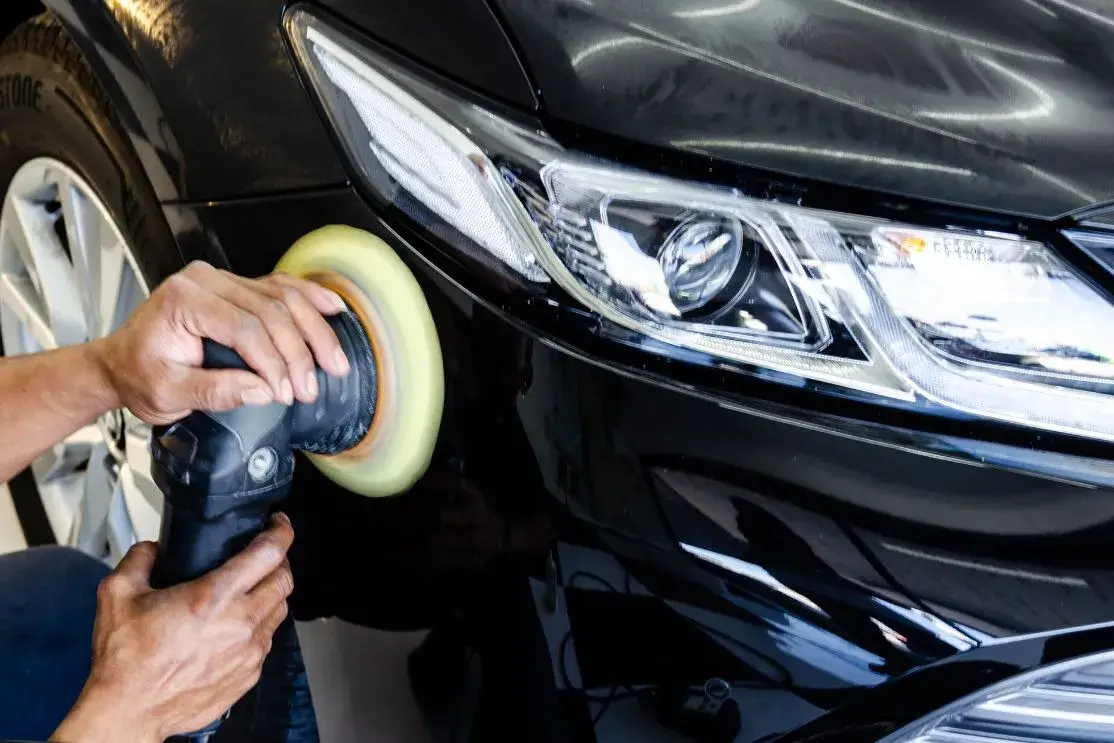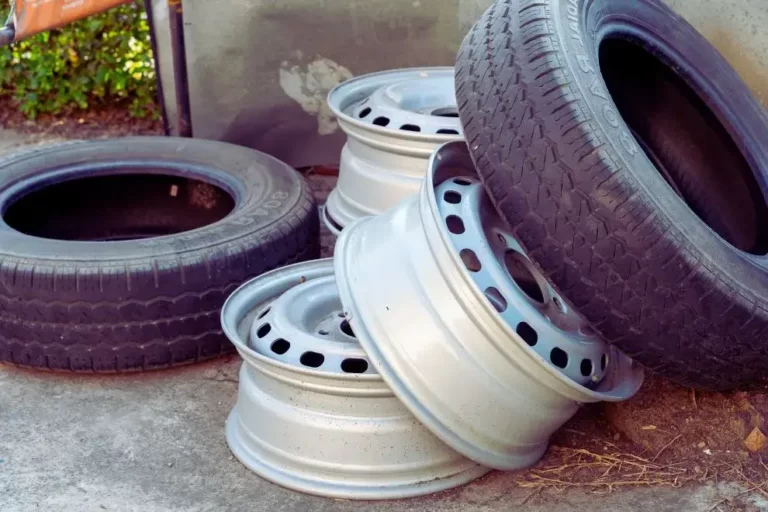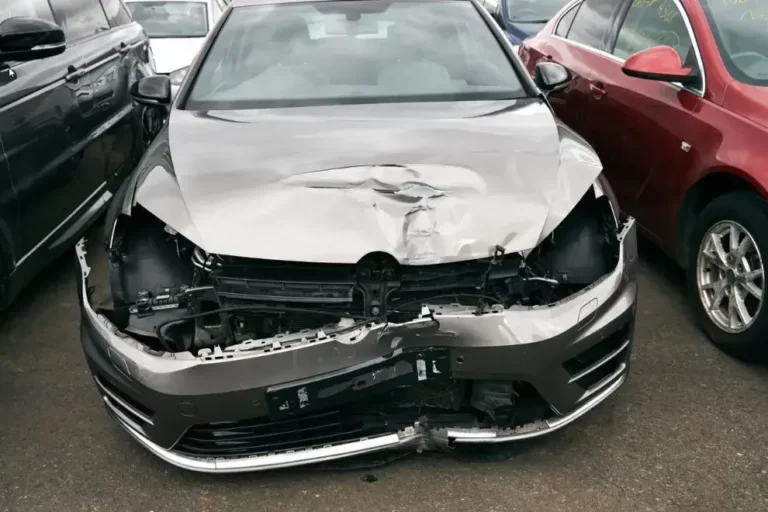Tips For Keeping Your Car’s Paint And Exterior Looking New In Australia
Automotive paint and exterior care are crucial to every car owner’s maintenance routine. It ensures that a vehicle looks its best while protecting the underlying bodywork from corrosion and cracking caused by extreme temperatures or other environmental conditions in Australia. This article will share tips for keeping your car’s paint and exterior looking new in Australia.
The Australian climate can be harsh on vehicles, with intense heat during summer months making it challenging for cars to stay in top condition without additional attention and care.
Bearing this in mind, adhering to specific guidelines can help extend the life of a car’s paint job and overall appearance. By doing so, owners can preserve a showroom-quality look even after years of use.
Cleaning And Washing
Cleaning and washing are vital components of a car’s exterior maintenance. To preserve the paintwork, regular washing is necessary to eliminate dirt, dust, bird droppings, grime, and other contaminants that could damage the surface over time. The optimal approach for cleaning your car involves using high-quality automotive detergent in warm water.
Drying the car thoroughly using clean microfiber cloths or chamois leather is also essential, preventing water spots and swirl marks on the painted surfaces.
When addressing more stubborn stains, such as bird droppings, it is advised to let them dry completely before attempting any removal process. If left wet, they can cause permanent staining or etching into the clear coat finish, necessitating professional attention from an auto body shop.
Once dried, use a soft sponge and gentle cleaner to remove the stain without scratching or damaging the underlying paint layer.
To safeguard against wear and tear caused by environmental conditions like extended exposure to sunshine or rain, consider applying waxes or sealants every few months, depending on usage conditions. This will help keep dirt particles suspended above the surface, allowing easy removal during regular maintenance washes.
Waxing And Sealing
Waxing and sealing are crucial to maintaining your car’s paint and exterior appearance. This process adds a protective layer to your vehicle, safeguarding it from dirt, debris, and other elements that can cause damage over time. To effectively complete this step, apply a coating like wax or sealant after washing and drying the car. It’s advisable to use high-quality products with UV protection for long-lasting results.
Before applying any coating, prepare the surface with a clay bar treatment. This procedure removes contaminants from the bodywork without causing scratches or swirling marks on the finish. After the clay bar treatment, rewash the car with mild detergent before applying any coatings.
When selecting a product for waxing or sealing your vehicle, read labels carefully to ensure compatibility with existing finishes and determine the frequency of reapplication based on environmental factors like sun exposure and driving conditions. Once chosen, follow instructions closely when preparing and applying the product – proper technique will help maximize results while avoiding costly mistakes.
Preparation:
- Clay Bar Treatment: Removes contaminants from bodywork without causing scratches/swirling marks
- Wash Again: Mild Detergent
Application:
- Read Labels Carefully: Ensure Compatibility With Existing Finishes & Reapplication Necessity Depending On Environmental Factors
- Follow Instructions Closely When Preparing And Applying Product: Proper Technique Maximizes Results & Avoids Costly Repairs
- Test On A Small, Unnoticeable Area First
Polishing
Regular polishing is necessary due to the hot and humid climate to maintain a car’s paint and exterior in Australia. The polishing frequency depends on the environment and the condition of the vehicle’s paintwork. Still, it is typically recommended to polish every 3-6 months.
Polishing techniques vary from using a buffer and polishing compound to employing a clay bar. It is essential to use suitable products for the car’s surface and ensure that polishing is done in a clean, well-ventilated environment.
Polishing Frequency
Maintaining your car’s paint and exterior appearance in Australia requires regular polishing. Your driving environment should determine the frequency. If you frequently drive on dirt roads or highways with high pollution levels, more frequent polishing may be necessary.
To maximize effectiveness, use a combination of specialized polishes designed for different surfaces, clay bars, and other detailing supplies like microfiber towels. Additionally, applying waxes at least once yearly is recommended to protect against environmental deterioration.
When used correctly, these steps can help maintain your vehicle’s appearance even under harsh conditions. With regular care and attention, your car will continue to shine regardless of the length of Australian summers.
Polishing Techniques
Effective polishing techniques are essential for maintaining a car’s paint and exterior appearance in Australia. Clay barring is often used to remove embedded dirt particles. At the same time, paint correction involves specialized polishes to reduce the appearance of minor scratches or other blemishes.
These processes should be done carefully; move the clay bar in one direction only, avoiding any twisting motion that could potentially damage the vehicle’s surface. Additionally, it is crucial to choose a high-quality wax product for optimal protection against environmental damage.
Properly applied waxes create a protective coating that enhances shine and provides long-term durability. By employing these methods with proper care and attention, drivers can ensure their vehicles maintain a showroom-new appearance year after year, regardless of the climate.
Regular Inspections and Maintenance
Maintaining a car’s paint and exterior in Australia necessitates routine inspections. These inspections aim to detect any issues with the car’s paint or exterior before they escalate into more significant problems and ensure that all protective coatings are functioning effectively.
Preventative maintenance and consistent detailing can help prolong the lifespan of your vehicle’s paint job and shield it from environmental harm.
| Tips | Checklist |
| Wash regularly | Use a microfibre cloth to dry and polish after washing. Keep sunroof seals lubricated. Use mild soap on plastic parts only cover interior seating with blankets during storage |
| Wax every 3-4 months | Clean headlights/taillightsCheck tire pressure/tread depth test battery connections/fluidsInspect brakes & suspension componentsPolish chrome trim & rims look for dents, rust spots, and chips in the paint |
| Touch up minor imperfections quickly | Clean headlights/taillightsCheck tire pressure/tread depth test battery connections/fluidsInspect brakes & suspension componentsPolish chrome trim & rims Look for dents, rust spots, and chips in the paint |
Incorporate these tips into an annual inspection plan to monitor your car’s paint and exterior condition. Preventative maintenance like waxing and polishing maintains your car’s appearance and value year-round. Regular detailing enhances shine and eliminates damaging dirt particles. Caring for your vehicle is an investment in preserving its beauty and longevity.
Treating Rust Spots
Rust spots can significantly damage your car’s exterior. Rust occurs when paintwork or metal bodywork is exposed to moisture for extended periods, usually due to rainwater, dirt, and oxygen. Protect against rust with these preventative steps:
- Clean your car regularly to eliminate dirt and prevent water from becoming trapped in crevices.
- Wax your vehicle every 3-6 months for a moisture-repellent protective layer.
- Use rust prevention paint protection products available at automotive stores for additional defence against corrosion.
Proactive measures to protect your car’s paint help you avoid expensive rust damage repairs. Car maintenance now results in a well-preserved vehicle inside and out in the long run!
Protecting From The Elements
After treating rust spots, protect your car’s paint and exterior from elements like sunlight, rain, bird droppings, dust, dirt, and other factors. Apply a protective coating like wax or sealant to create an invisible barrier on your vehicle’s surface.
Choose UV protection products to prevent fading from prolonged sunlight exposure. Select products designed for Australian vehicles, formulated for our climate and weather conditions.
Clean bird droppings immediately to prevent permanent damage. Use a water-based car cleaning solution and a soft cloth or microfiber towel to gently remove droppings without damaging paintwork or a clear coat finish. Regular washing maintains your car’s appearance and prevents damage from contaminants like bird droppings and dirt buildup.
Conclusion
Regular maintenance is key to preserving your car’s appearance in Australia. Follow simple steps like cleaning, washing, waxing, sealing, polishing, treating rust spots, and protecting from the elements to keep your car looking new for years. These measures prevent dirt buildup and protect paint surfaces from harsh weather conditions like sun exposure or rain. Conduct regular inspections to identify areas needing special attention. With proper care, your car will continue to shine despite whatever mother nature throws at it!
Frequently Asked Questions
Q: What is paint protection, and how important is it?
A: Paint protection is a layer of coating applied to your car’s paint finish to protect it from harmful elements such as UV rays, bird droppings, tree sap, and other environmental contaminants. It is important because it helps maintain the appearance and value of your car and prevents expensive repairs.
Q: How often should I wash my car?
A: As a rule of thumb, washing your car every two weeks is recommended. However, if you live in an area with harsh weather conditions or your car is exposed to a lot of dirt and debris, you may need to wash it more frequently.
Q: What is the best way to wash my car?
A: To properly wash your car, start by rinsing it with water to remove loose dirt and debris. Rinse off the soap with a hose and dry the vehicle with a microfiber towel. Then, use a good quality car shampoo and a mitt to gently wash the paint in a circular motion, starting from the top and working your way down.
Q: How can I protect my car’s paint from scratches?
A: To avoid scratching the paint on your car, use a clean mitt and always rinse it thoroughly to remove any dirt or debris before using it. You can also apply a paint protection film or a ceramic coating to provide an extra layer of protection.
Q: How do I remove bird droppings from my car’s paint?
A: Bird droppings can damage your car’s paint, so removing them as soon as possible is crucial. Use a soft cloth soaked in water and mild soap to wipe away the droppings gently, then rinse the area with water and dry it with a towel.
Q: Why should I consider a ceramic coating?
A: Ceramic coatings provide a durable layer of protection to your car’s paint, making it more resistant to scratches, chips, and fading. It can also make it easier to wash your vehicle and keep it looking new for years to come.
Q: Can I apply paint protection products myself?
A: You can apply certain paint protection products, such as a ceramic coating or a paint protection film. However, it is recommended to seek the assistance of a professional detailer to ensure the best results.
Q: How can I protect my car’s paint when parking outside?
A: To protect your car’s paint when parking outside, find a shaded area or use a car cover. Avoid parking under trees or near debris that can fall onto your vehicle and cause damage to the paint surface.
Q: Can a car wash damage the paint on my car?
A: Certain car washes can damage the paint on your car if they use harsh chemicals, brushes, or wash equipment. Choosing a reputable car wash and opting for a hand wash is vital to avoid any potential damage to your car’s paint.
Q: How can I prevent damage to my car’s paint in a garage?
A: To prevent damage to your car’s paint in a garage, park your vehicle correctly and avoid hitting any walls or objects. You can also apply a clear vinyl wrap to provide extra protection.







